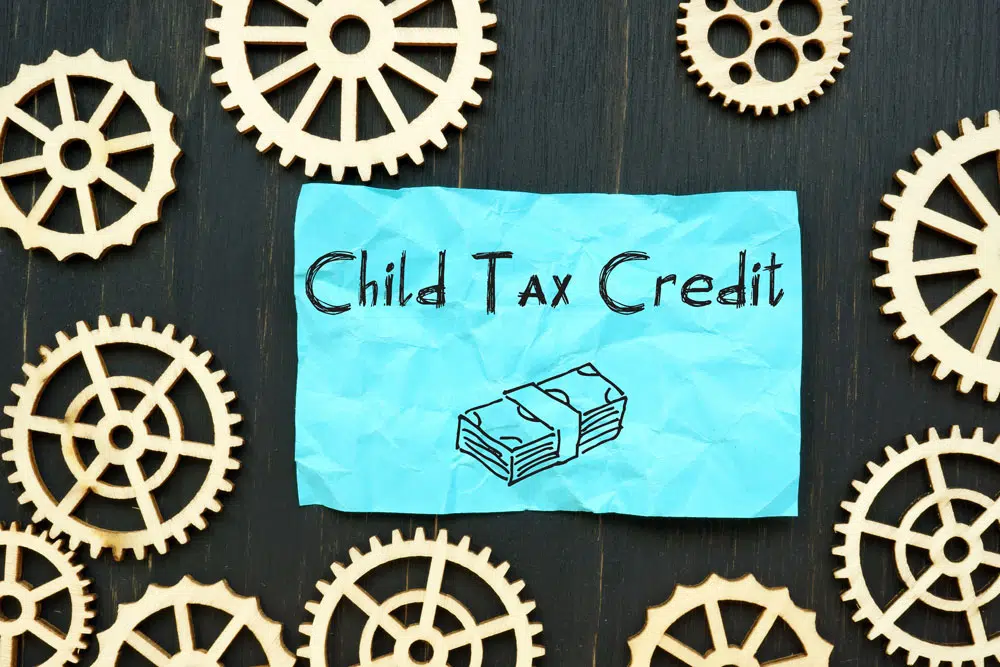The Internal Revenue Service (IRS) loves to give tests. There’s two phrases sure to head straight to your heart, and make it jump: IRS and tests. Publication 5041 includes a section called “Tests To Be A Qualifying Child.” Before you leap to that fascinating reading, though, be aware that the answer to the question, “Who Claims the Children on Taxes After Divorce?” is not cut and dried.
The Issue of Your Issue
The word “issue” is a funny word, because it means at least two things:
- A vital or unsettled matter — as in, “the issue of claiming children on taxes”
- Offspring or progeny — as in, “In my will I left everything to my issue from the marriage”
Here’s the issue about your issue — er, kids — from your Virginia marriage: in most cases, one of you will be the custodial parent and the other will be the non-custodial parent entitled to parenting time (visitation). Only one of you gets to claim the kids.
Claiming the child (the issue) as a dependent gives you these possible tax benefits, according to the IRS:
- The child tax credit, the credit for other dependents, and the additional child tax credit
- Head of household filing status
- The credit for child and dependent care expenses
- The exclusion from income for dependent care benefits
- The earned income credit
You and your ex-spouse cannot casually agree that one of you gets #1, #3, and #5 and the other swoops up #2 and #4. It’s not a take-out menu, it’s taxes. Exactly one of you gets these lucrative benefits. If you pass the tests.
Tests
The IRS has established five tests to see if your child can be your dependent on your tax return:
- The child must be your son, daughter, stepchild, foster child, brother, sister, half brother, half sister, stepbrother, stepsister, or a descendant of any of them.
- The child must be (a) under age 19 at the end of the year and younger than you (or your spouse if filing jointly), (b) under age 24 at the end of the year, a student, and younger than you (or your spouse if filing jointly), or (c) any age if permanently and totally disabled.
- The child must have lived with you for more than half of the year.
- The child must not have provided more than half of his or her own support for the year.
- The child must not be filing a joint return for the year (unless that joint return is filed only to claim a refund of withheld income tax or estimated tax paid).
In its oh-so-helpful way, the IRS thoughtfully reinforces this five-part test with this caution: “A child isn’t a qualifying child unless he or she meets items (1) through (5).”
And then, this whammy:
“If the child meets the rules to be a qualifying child of more than one person, only one person can actually treat the child as a qualifying child. See Qualifying Child of More Than One Person, later, to find out which person is the person entitled to claim the child as a qualifying child.”
Custodial and Non-Custodial Claims
Generally, the custodial parent will claim the child for tax purposes, but exceptions exist. The IRS points out,
A child will be treated as the qualifying child of his or her noncustodial parent if all four of the following statements are true.
- The parents:
- Are divorced or legally separated under a decree of divorce or separate maintenance,
- Are separated under a written separation agreement, or
- Lived apart at all times during the last 6 months of the year, whether or not they are or were married
- The child received over half of his or her support for the year from the parents
- The child is in the custody of one or both parents for more than half of the year
- The following applies:
- The custodial parent signs a written declaration that he or she won’t claim the child as a dependent for the year, and the noncustodial parent attaches this written declaration to his or her return
It is bewildering. We have not even gotten into the five tiebreaker rules if both parents insist on claiming Junior on their taxes.
Alternate Side of the Street Parking
Your road to easy street can be complicated yet again by another way of handling dependency claims: you and your ex can claim children in different years.
Say you and the children’s mother have Andy, Beth, Carla and Doug. In odd-numbered years, you could take Andy and Carla as your dependents, leaving Beth and Doug as the mother’s dependents.
In even-numbered years, you could alternate. Beth and Doug park on your tax return; Andy and Carla park on their mother’s. As long as you don’t both take a child every year, such a strategy is perfectly legal!
Property Settlement
Whatever strategy you and the mother work out — and long before you two enter tax filing season — make certain you each meet with your divorce attorneys. Make sure both attorneys explain to you and the mother who will claim the children for tax purposes, and how that benefits each of you.
The best place to do that is in the property settlement agreement, well ahead of the divorce, but it can also be done at the time of the divorce decree.
Where do you go with your questions about separation, child custody, divorce, and taxes? You go to The Firm For Men. Contact us online or by telephone at (757) 383-9184. We can provide advice, wise counsel, and ready advocacy for you, one of the man Virginia men facing the challenges of divorce.

